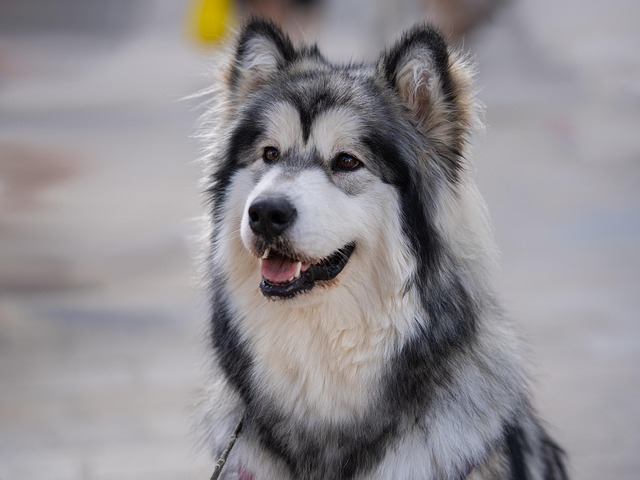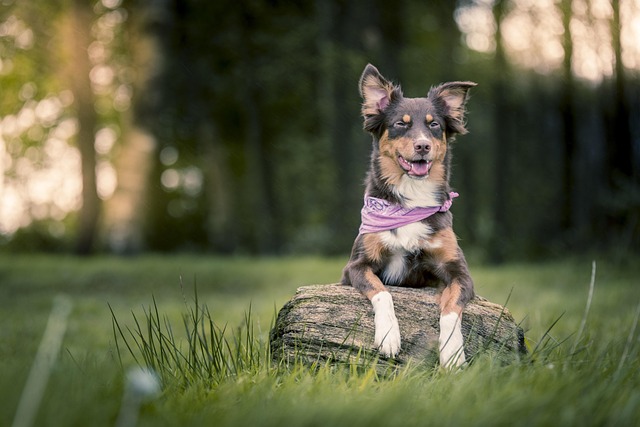
How often should you put paw balm on dogs
You’ve just bought your first tin of paw balm for your Labrador, Bailey, after noticing his pads were looking a bit rough after hikes in the Rocky Mountains.
You’re out on a walk, and a neighbor’s dog lunges at your leash, snarling. It’s a heart-stopping moment that makes you wonder: did the owner’s actions turn this pup into a ball of aggression? While it’s easy to point fingers, the truth behind canine aggression is a complex mix of nature and nurture—and yes, owners often play a crucial role.
Aggression isn’t just about barking or growling. A dog that cowers, resource guards its toys, or snaps when touched unexpectedly might be signaling deeper issues. Think about that time your normally friendly Labrador growled over a bone—was it just possessiveness, or could it trace back to how you’ve managed similar situations in the past? Understanding these subtler signs is key.
Owners can inadvertently reinforce aggressive behavior. Yelling at a barking dog might seem like correction, but it can escalate anxiety, especially if the dog associates your raised voice with danger. Similarly, letting a small puppy “get away” with nipping because “it’s cute” teaches them those behaviors are acceptable. Even well-meaning actions, like overprotecting a shy dog, can limit socialization and fuel fear aggression.
 Training methods matter more than you’d think. Using harsh collars or punishment-based techniques violates animal welfare guidelines in many areas and can backfire spectacularly. Positive reinforcement—rewarding calm behavior, teaching commands like “leave it”—aligns with ethical training standards and builds trust. Remember, local leash laws and public safety regulations also apply; an aggressive dog off-leash isn’t just a nuisance—it’s a liability.
Training methods matter more than you’d think. Using harsh collars or punishment-based techniques violates animal welfare guidelines in many areas and can backfire spectacularly. Positive reinforcement—rewarding calm behavior, teaching commands like “leave it”—aligns with ethical training standards and builds trust. Remember, local leash laws and public safety regulations also apply; an aggressive dog off-leash isn’t just a nuisance—it’s a liability.
Early socialization sets the foundation. Puppies exposed to diverse people, animals, and environments before 16 weeks tend to be more confident. But if an owner skips puppy classes or avoids busy parks due to personal preference, they’re missing crucial development opportunities. Some regions even require proof of basic training for dog licenses, emphasizing the community’s stake in well-behaved pets.
Health issues can mask as aggression. A toothache might make a dog lash out when touched near the mouth, while cognitive decline in older dogs can trigger sudden mood changes. Before blaming yourself, rule out medical causes with a vet check. Ignoring potential health problems not only risks your dog’s well-being but also violates the duty of care outlined in animal protection laws.
The good news? Aggression isn’t a life sentence. Enrolling in professional training programs (many local shelters offer affordable options) can reshape behavior. In areas with breed-specific regulations, understanding and adhering to restrictions—like muzzling requirements—protects both your dog and the community. Above all, approach the issue with patience. Your dog relies on you to be their advocate, and consistent, compassionate training can transform even the most challenging behaviors.

You’ve just bought your first tin of paw balm for your Labrador, Bailey, after noticing his pads were looking a bit rough after hikes in the Rocky Mountains.

After a dog has a tooth pulled, their mouth needs time to start healing—and that includes knowing when it’s safe to let them eat again.

There’s nothing quite like the feeling of your dog bounding towards you, tail wagging furiously, after a long day. But as a new dog owner, you might sometimes wonder

Imagine you’re in your Austin, Texas backyard on a 95°F summer afternoon—your 2-year-old Golden Retriever, Duke, paces around his wooden dog house

Dental surgery leaves dogs feeling groggy, their bodies still processing anesthesia and their mouths tender from the procedure.

Imagine you’re in your New York City apartment, watching your 8-month-old French Bulldog, Louie, scratch his belly until his skin turns pink—he’s been doing this for a week